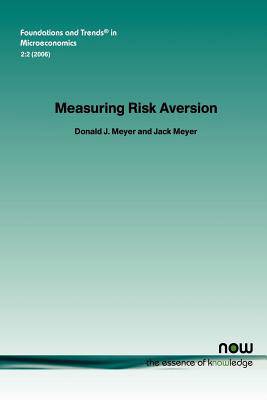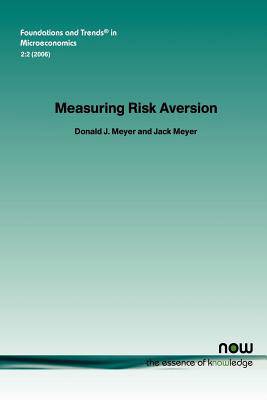
- Afhalen na 1 uur in een winkel met voorraad
- Gratis thuislevering in België vanaf € 30
- Ruim aanbod met 7 miljoen producten
- Afhalen na 1 uur in een winkel met voorraad
- Gratis thuislevering in België vanaf € 30
- Ruim aanbod met 7 miljoen producten
Zoeken
Omschrijving
Provides a discussion of the adjustment of risk references and how to go about making such adjustments to a common scale. By adjusting all information to this common scale, results can be easily summarized and compared, and the body of information concerning risk aversion can be examined as a whole rather than as individual parts.
Specificaties
Betrokkenen
- Auteur(s):
- Uitgeverij:
Inhoud
- Aantal bladzijden:
- 112
- Reeks:
Eigenschappen
- Productcode (EAN):
- 9781933019451
- Verschijningsdatum:
- 15/09/2006
- Uitvoering:
- Paperback
- Afmetingen:
- 157 mm x 234 mm
- Gewicht:
- 176 g

Alleen bij Standaard Boekhandel
+ 122 punten op je klantenkaart van Standaard Boekhandel
Beoordelingen
We publiceren alleen reviews die voldoen aan de voorwaarden voor reviews. Bekijk onze voorwaarden voor reviews.








